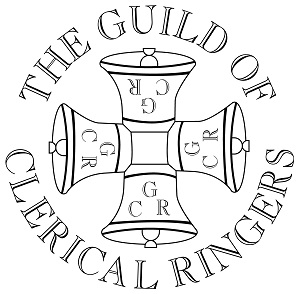Virtual reality
Manfred Goldberg is 94. He is a Holocaust survivor. Aged in his 70s he began to speak about his experiences and has now spoken with tens of thousands of school pupils. His CV includes time in the Riga (Latvia) ghetto from which regular selections were made for execution, a labour camp, Stutthof concentration camp as a slave labourer and finally a death march as the Russians approached, as well as a career as an electrical engineer. When the war ended he was 15 years old; the same age as many of the students he has been speaking to over the years.
It is obvious that Manfred’s memories will become unavailable at some point, so he spent five days with three other survivors answering a thousand questions. These will be available to schools using cutting edge technology; virtual reality where Manfred and his three fellow survivors will be able to answer pupils’ questions when the memories of persecution are gone. This is one of many good uses of virtual reality.
One of the great things about bell ringing is that it is real reality. We learn a physical skill. We engage with a physical object on the end of a rope. We experience its idiosyncrasies and adjust accordingly. That is all good for us physically.
But to ring we also have to engage with other people. Real reality again. Time and time again this is with people who do not share very much else with us. I learned to ring with a bricklayer, a retired public school head, a carpenter, the village chemist and an auctioneer among others. The engagement with other people is better for our mental health than anything from the world of virtual reality.
Well done to Manfred for his educational work but long live bellringing.
Dale Barton
